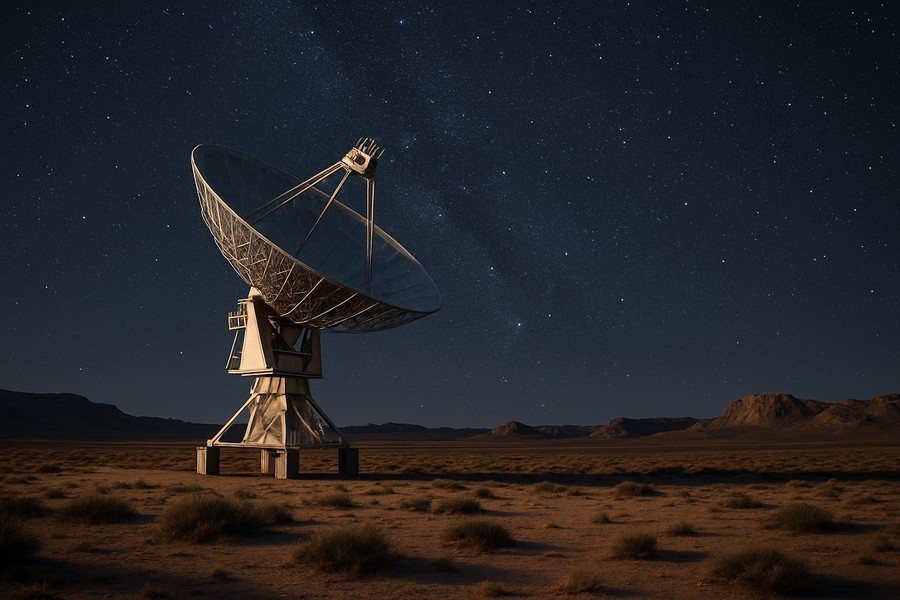
Unraveling the Mysteries of the Universe: A Billion-Year Journey
Science has always been intrigued by the mysteries of the universe, especially its early stages. One key event that occurred around a billion years after the Big Bang was the "epoch of reionization", when neutral hydrogen atoms spread across the cosmos started receiving UV light from the first stars.
Delving into the Cosmic Dark Ages
A recent study aimed to explore the state of the universe at the conclusion of the so-called “cosmic dark ages,” just before the onset of reionization. Using ten years’ worth of data from a telescope situated in the remote reaches of Western Australia, researchers concluded that the change from a neutral to an ionized universe wasn’t a "cold start." Instead, it appears that the universe had started heating up, perhaps as a result of black holes and remnants of stars, around 800 million years post-Big Bang.
The Universe’s Toddler Days
Most of us are aware of the Big Bang theory, the idea that the universe started with a massive explosion, followed by a rapid cooling and expansion. About 400,000 years after the Big Bang, protons and electrons combined to form hydrogen atoms. This marked the beginning of what scientists call the “cosmic dark age,” a period lasting nearly a billion years, during which the universe was filled with neutral hydrogen. The arrival of the first stars and galaxies marked the end of this era, as their UV light ionized the hydrogen atoms, ushering in the “Epoch of Reionization.” This was a time when the universe began to take on the form we are familiar with today.
In Search of Evidence
Unlike parents who document every milestone of their child's life, astrophysicists don't have that luxury when it comes to the universe. Evidence is sparse and often requires extensive searching. For instance, the exact conditions of the universe at the end of the “cosmic dark age” remain largely unknown. While some theories proposed that reionization started from a “cold start,” recent research provides evidence to the contrary, suggesting that the universe had already begun to heat up before this crucial phase in its evolution.
"As the universe evolved, the gas between galaxies expanded and cooled, so we would expect it to be very, very cold," said the lead author of the study. "Our measurements show that it is at least heated by a certain amount. Not by a lot, but it tells us that very cold reionization is ruled out.”
A Journey Back in Time
Observing something that occurred billions of years ago is no easy task. To accomplish this, the research team utilized a telescope in Western Australia designed to detect neutral hydrogen emission from the “epoch of reionization.” Even then, the team had to sift through a significant amount of cosmic noise from nearby stars, galaxies, and even Earth’s atmosphere to isolate what they were looking for.
By filtering this data and analyzing a decade’s worth, they were able to make a discovery by omission. If the universe had been cold at this time, it would have emitted a certain kind of signal. However, the lack of such a signal suggested that some warming was already taking place. The researchers hypothesize that x-rays from early black holes and stellar remnants drove this early warming around 800 million years after the Big Bang. While the precise signal of this warming hasn’t been found yet, the team is confident that it’s just a matter of time.
“All these existing techniques will help us find what’s missing,” said a co-author of the study. “The signal is definitely buried in there. It's just improving on our data, and getting more data, cleaner data, to reach it.”
This research not only gives us a deeper understanding of the universe’s early days but also paves the way for further discoveries in the realm of cosmology. As our technology advances and our techniques refine, the mysteries of the universe continue to unfold, providing exciting new insights into our cosmic origins.
